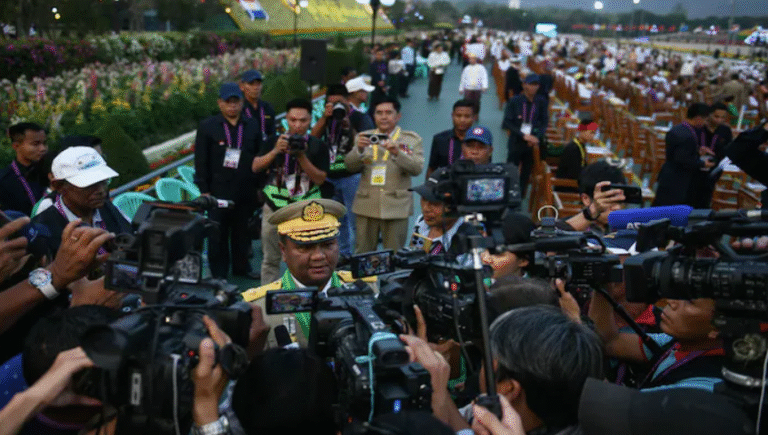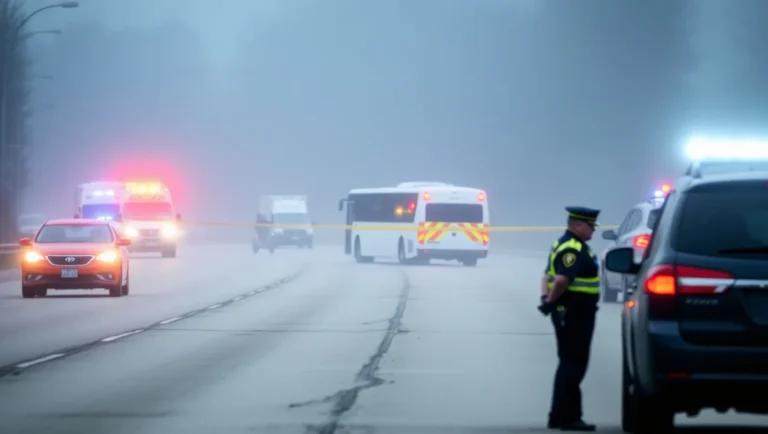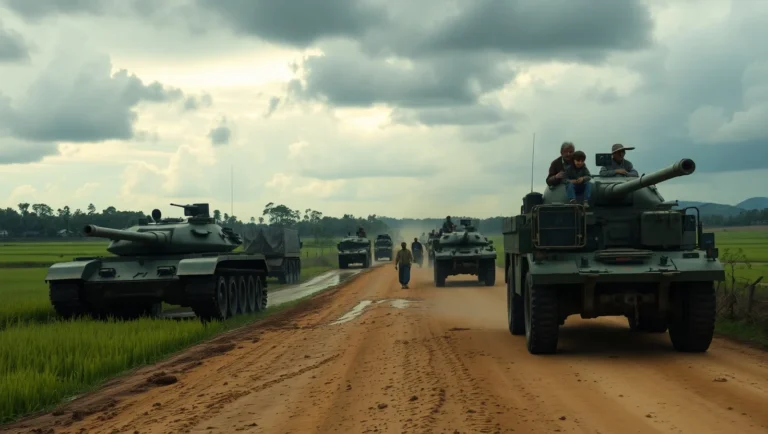
At the recent Hague summit, NATO leaders issued an unusually brief declaration focused solely on boosting military capabilities and economic commitments, notably omitting references to international law and the UN Charter. This shift reflects growing rifts within the alliance, especially between the US and European nations.

NATO, originally built to counter Soviet threats, now faces internal disagreement over priorities. While Europe sees Russia as the primary danger, the US—under President Trump—is increasingly focused on China. Trump’s push for Europe to meet and exceed the 2% GDP defence spending target has led to a new goal of 5% over the next decade.
Tensions have also surfaced over support for Ukraine. Since January, the US has pulled back aid and softened its stance on Russia, while Europe continues strong backing. Trump’s suggestion to settle the war by recognising Russian control over occupied Ukrainian regions contrasts sharply with EU goals.
With the US shifting resources to the Pacific, Europe is being pushed to bolster its own defences. NATO’s unity, once strong post-Ukraine invasion, now shows strain. Trump’s lukewarm reaffirmation of Article 5 adds to uncertainty, leaving NATO’s future cohesion under growing pressure as security landscapes evolve.


